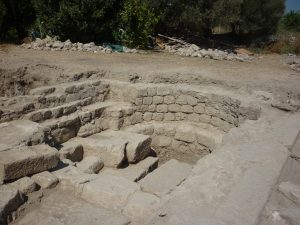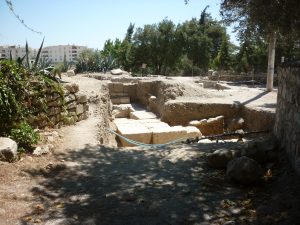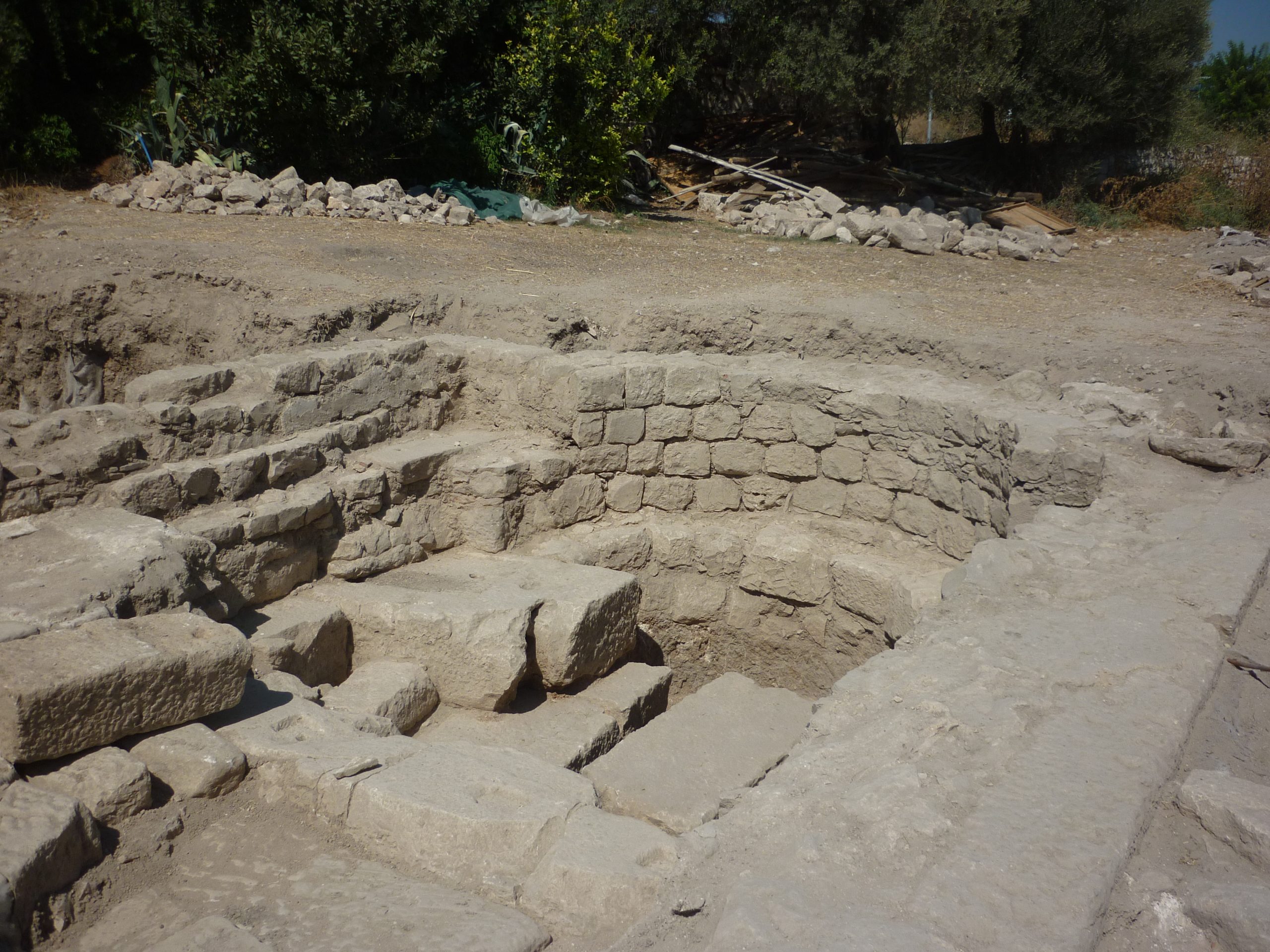Glenn Maffia writes about Didim’s Byzantine Chapel and Hellenistic foundations
THIS site is located just behind the Medusa Butik Otel on the south east side of the Temple. Its discovery, in 2015, was the result of an inspired piece of archaeological detective work by the Director of Excavations of the German team.
Threat to the Empire
The steady growth of the new religion of Christianity within the Roman Empire presented what was perceived as a grave danger to the stability of maintaining the status quo; politically rather than religiously, for the Roman ruling elite had treated the superstitions of belief with contempt ever since Julius Caesar.
The continuing rise in numbers of this new movement prompted Emperor Diocletian in 303 to unleash an Empire-wide persecution against the religious sect.
This was given the validity of a ‘blessing’ from the pagan gods when the Temple of Apollo here in Didyma gave forth this edict.
Inexorable growth of Christianity
Nevertheless the Christians continued to find and nurture new converts and their numbers swelled.
It was when Constantine was proclaimed Emperor at York, in northern Britain, during 306, and his subsequent victory over another claimant for that title at the Battle of Milvian Bridge outside of Rome in 312 that he (later) claimed to be riding into battle under the protection of the Christian god.

Far from declaring Christianity as the ‘religion of the state’, Constantine demanded adherence to religious tolerance throughout the Empire; a politically astute decision which did, in fact, lead to Christianity becoming the dominant ideology in emerging Byzantium.
Such tolerance was not adhered to and pagans were subjected to murder and torture, their religious statues smashed.
This antagonised a later emperor, Julian (Jovian), which prompted him to reignite the flame of paganism for a short period, 361-363. This was when the chapel may have been destroyed.
The respite for the pagans was short lived and under the Emperor Theodosius the complete prohibition on any form worship to the pagan gods meant their demise was assuredly, if somewhat painfully drawn-out, sealed.
A mystery waiting to speak
The chapel, when excavated, possesses an elegant apse of quality construction, sturdy foundation walls and some flagstones from the original flooring.
Though what really interested me was the doorway into the building; this was the most obvious indication of destruction followed by a less skilled renovation.

The doorstep which was unearthed consisted of what looked suspiciously like a lintel and, inexplicitly, a small column capital; certainly not architectural features one would normally locate upon the floor.
It was this anomaly which prompted the initial conjecture of a violent wrecking of the chapel, possibly during the brief resurgence of paganism under Julian’s tenure, though it could also have been as a result of an earthquake.
The Hellenistic or Roman foundations which reside beneath the chapel are a vastly larger area of high quality and precise foundations which attest to it being a structure of some significant importance.
The archaeologists have confirmed that it doesn’t conform to any temple plan, therefore as to what structure could be resting here, high upon a natural hill overlooking the Temple of Apollo, will just have to remain within our imaginations until another ‘dig’ is forthcoming.
Nevertheless, this particular site gives a fascinating insight to the tumultuous upheavals occurring when Christianity began to impose itself upon the entrenched pagan belief system and a way of life which rolls back into the depths of pre-history.
